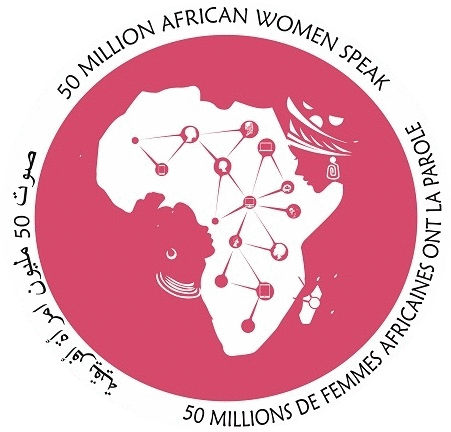Living Goods - Kenya
- Kenya
- Resources
- Social Services
- Social Services
HEALTH IN KENYA
The Constitution of Kenya 2010 devolved health services to the counties, which meant a complete change in the Health structure and its management in the country. The national Government handles all the level 4 hospitals which offer highly specialized care. Level 3, level 2 and level 1 healthcare centers are under the management of the county governments
Global evidence points to a direct correlation between the size of a country’s health workforce and its health outcomes. Over the last decade, Kenya’s progress in improving the overall health status of its population has had mixed results. While life expectancy has gone up and interventions to address specific diseases including HIV/AIDs, Tuberculosis and Malaria have yielded positive results, much remains to be done.
The top five causes of outpatient morbidity in Kenya are Malaria, Diseases of the Respiratory System (including pneumonia), Skin Diseases, diarrhea and accidents accounting for about 70 percent of total causes of morbidity. Malaria contributes about a third of total outpatient morbidity.
Living Goods
Despite decades of effort and billions spent on traditional aid, millions of children will still die this year from mostly preventable causes. The world is short at least seven million trained, equipped, and supported health providers who can help solve the problem. When properly stocked and supported, community health workers (CHWs) can provide a critical link to essential health services for millions of families.
PROGRAMES
Living Good Solution
Living Goods recruits, trains, and manages networks of entrepreneurial women to become CHWs, delivering health education and services door-to-door in their communities. The model leverages one integrated platform to address the most pressing child and maternal health needs at the community level: malaria, diarrhea, pneumonia, pregnancy and newborn care, family planning, and under-nutrition. Living Goods’ CHWs earn a small, motivating income from the sales of products and performance-based incentive payments while improving the health of their neighbors.
CONTACTS
Living Goods
15 Gem Lane,
Kileleshwa, Nairobi
Tel: +254 728 630 936
Mail to: P.O. Box 30261-0010
Nairobi, Kenya





